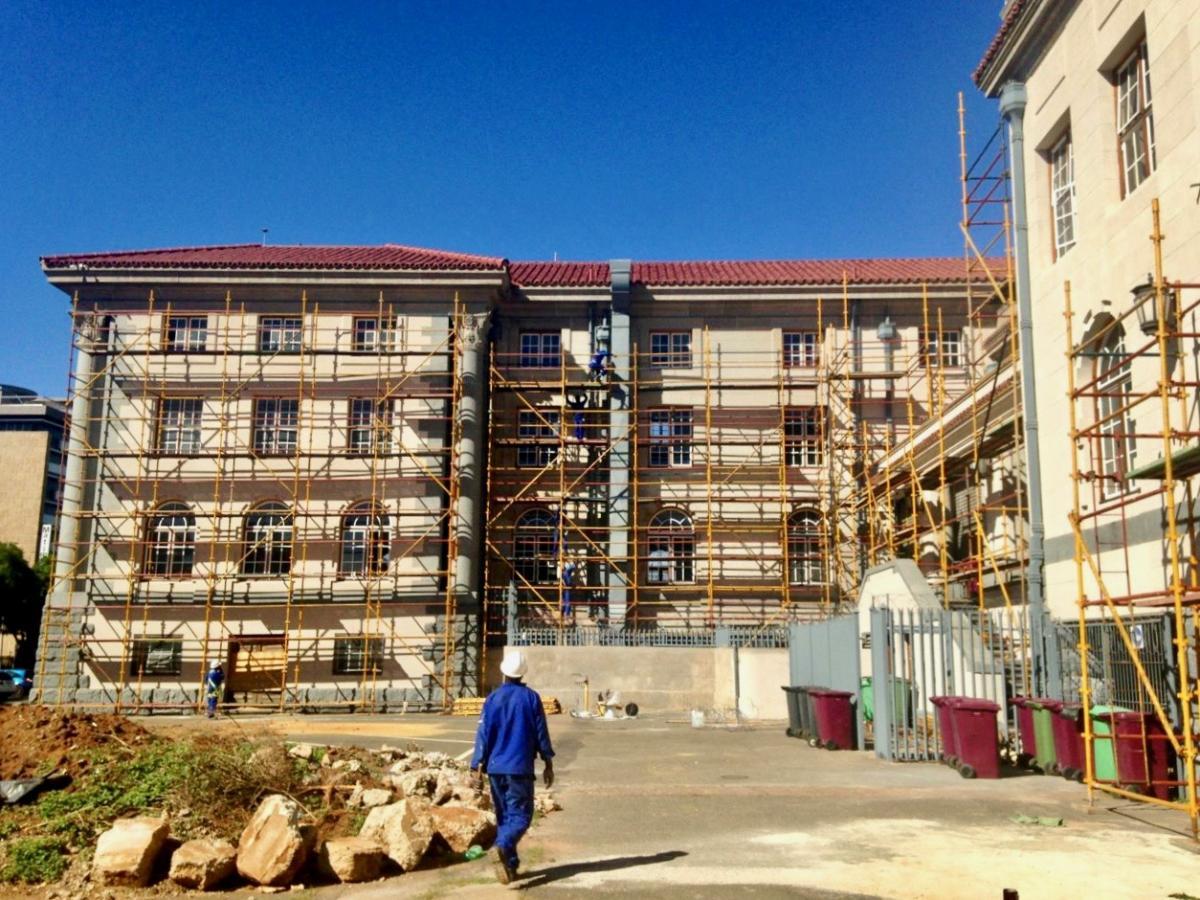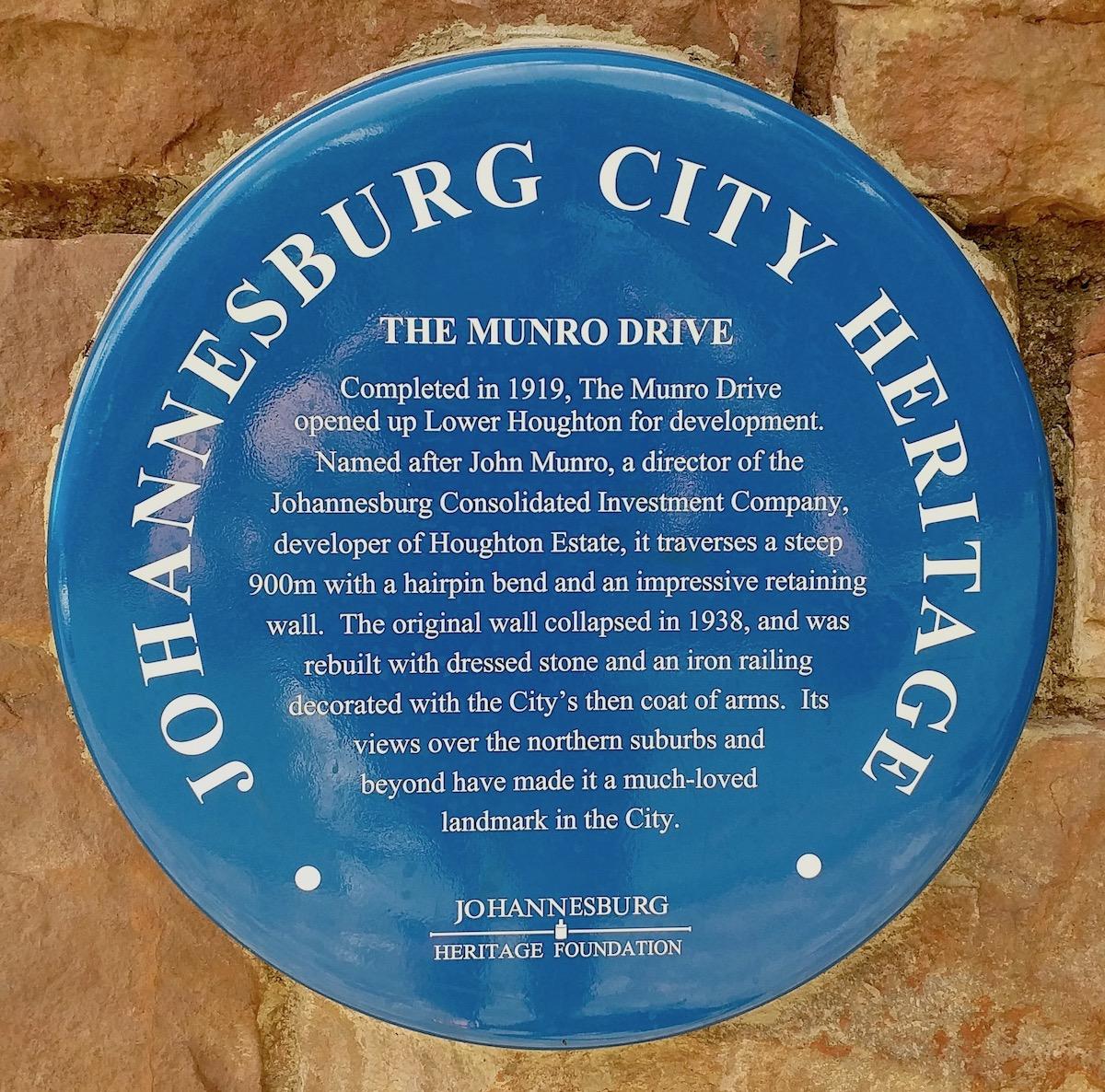
Disclaimer: Any views expressed by individuals and organisations are their own and do not in any way represent the views of The Heritage Portal. If you find any mistakes or historical inaccuracies, please contact the editor.
Over the years, The Heritage Portal team has received dozens of questions from members of the public about heritage processes in South Africa. Below is a list of answers to a few common questions to help you navigate some of the complexity of the sector. When in doubt contact an expert.
Click here to find a professional.
What is the sixty-year rule?
The sixty-year rule is the informal name given to section 34 of the National Heritage Resources Act (NHRA) which states that ‘No person may alter or demolish any structure or part of a structure which is older than 60 years without a permit issued by the relevant provincial heritage resources authority’.
'Alter' is defined by the Act as ‘any action affecting the structure, appearance or physical properties of a place or object, whether by way of structural or other works, by painting, plastering or other decoration or any other means’.
What is a Provincial Heritage Resources Authority (PHRA)?
A PHRA is the body responsible for the management of the relevant heritage resources within a province. It runs the permit and appeal processes that are becoming increasingly familiar to homeowners. It is also responsible for declaring heritage sites.
Click here to find a list of PHRAs.
How can I tell if my property is older than sixty years?
Owners of properties older than sixty years need a permit from the relevant Provincial Heritage Resources Authority (PHRA) before they can alter or demolish any structures. Try your nearest municipal plans archive to find the original building plans which will be dated. Make sure these are for the original structures rather than later alterations and additions. If plans are not available, additional research will be needed. You could hire a professional to search various archives, look at old aerial photographs or even visit the property to analyse architectural styles and building materials and methods.
Click here to search for a professional.
Is a property older than sixty years automatically a heritage resource?
A quick and easy answer here, no. However, it does have general protection under the NHRA. Owners will need a permit from the relevant Provincial Heritage Resources Authority before they can alter or demolish any part of the property. An assessment of significance will be carried out during this process.
What should I do when selling a property older than sixty years?
Make sure you have disclosed the age and heritage status of a property to a potential buyer. This helps all parties avoid unpleasant repercussions down the line. Estate agents are increasingly driving the disclosure process. If your agent is not assisting you with ‘heritage basics’ and directing you to expert resources you may want to shop around.
When do I need a permit?
You will need to apply for a permit from the appropriate heritage authority if you are planning to 'destroy, damage, deface, excavate, alter, remove from its original position, subdivide or change the planning status' of a declared or provisionally declared heritage site. You will also need to apply for a permit if any structure or part of any structure is older than 60 years.
Note: This answer is relevant for structures. It does not deal with archaeology, palaeontology, meteorites, graves, burial sites or heritage objects. These have their own section of the NHRA prescribing one's actions.
I altered my home which is older than sixty years without a permit what do I do?
The following answer was provided by Herbert Prins of the Egoli Heritage Foundation a few years ago:
You have committed an offence that, if convicted in a court of law, could carry a penalty (for example a fine and a term in prison). In the past the term in prison has been commuted, but a jail sentence is recorded on your passport etc. The thing to do is to report your indiscretion to the PHRA together with the reasons and ask the PHRA to condone the offence.
Heritage Professional Kathy Dumbrell clarifies that:
Authorities cannot condone illegal work. The closest they may come in terms of the NHRA is to issue a letter in terms of Section 51 of the NHRA, which confirms that they do not intend to press charges and support the attached building plans (which should reflect the work done accurately). This is so that the local authority can approve the building plans in terms of the National Building regulations, as the authority cannot issue a permit for unauthorised work.
When do I need to conduct a Heritage Impact Assessment?
Section 38 of the National Heritage Resources Act (NHRA) sets out several criteria which could trigger an HIA (see below). Kathy Dumbrell comments on the process: "If a trigger applies, a Notice of Intent to Develop is required to be submitted. The authority has 14 working days in which to provide a response, which is one of two things: no further studies required or an HIA is required."
- the construction of a road, wall, powerline, pipeline, canal or other similar form of linear development or barrier exceeding 300m in length
- the construction of a bridge or similar structure exceeding 50m in length
- any development or other activity which will change the character of a site -
- exceeding 5 000m2 in extent; or
- involving three or more existing erven or subdivisions thereof; or
- involving three or more erven or divisions thereof which have been consolidated within the past five years; or
- the costs of which will exceed a sum set in terms of regulations by SAHRA or a provincial heritage resources authority
- the re-zoning of a site exceeding 10 000 m2 in extent; or
- any other category of development provided for in regulations by SAHRA or a provincial heritage resources authority
Are 'Blue Plaque' listed buildings heritage sites?
Some are officially declared but many are not (declaration status is separate from blue plaque status). Blue plaque sites have been assessed by the relevent plaquing organisation as having cultural significance so the best rule of thumb is to treat these sites with great respect. Click here to view South Africa's blue plaque database.
A classic blue plaque (The Heritage Portal)
What is cultural significance?
According to the National Heritage Resources Act, cultural significance means aesthetic, architectural, historical, scientific, social, spiritual, linguistic or technological value or significance.
Section 3 (3) of the Act lists several reasons why a place or object could have cultural significance:
(a) its importance in the community, or pattern of South Africa’s history;
(b) its possession of uncommon, rare or endangered aspects of South Africa’s natural or cultural heritage;
(c) its potential to yield information that will contribute to an understanding of South Africa’s natural or cultural heritage;
(d) its importance in demonstrating the principal characteristics of a particular class of South Africa’s natural or cultural places or objects;
(e) its importance in exhibiting particular aesthetic characteristics valued by a community or cultural group;
(f) its importance in demonstrating a high degree of creative or technical achievement at a particular period;
(g) its strong or special association with a particular community or cultural group for social, cultural or spiritual reasons;
(h) its strong or special association with the life or work of a person, group or organisation of importance in the history of South Africa; and
(i) sites of significance relating to the history of slavery in South Africa.
Keep an eye out for future articles where this concept will be unpacked in more detail.
When should I engage a professional?
If you are looking to buy a property that is older than sixty years, is a declared heritage site or one that is rated by a local organisation, you should consult with a professional before you put in an offer. This is the time to get advice on what you can and cannot do with the property and helps you to avoid nasty surprises. If you want to make alterations or additions to a property you own it is also recommended that you engage a professional up front. Click here to find an expert.
What is a conservation architect and when should I use one?
The following answer was provided by Mayat Hart Architects:
A conservation architect is a professional architect who has gained expertise through practical experience and/or specialised professional training. They should be aware of the requirements of the National Heritage Resources Act and familiar with contemporary and emerging conservation practice.
For basic section 34 applications (for a building that is over 60 years old) where there is some, but limited, heritage value any sensitive architect should be suitably qualified.
Where the building is of greater heritage value we would definitely recommend using a conservation architect or the combination of an architect and heritage consultant.
For anything more complex than this (for example a Heritage Impact Assessment) a conservation architect or combination of architect and heritage consultant is probably needed. The heritage authorities would probably insist on this.
My property is older than sixty but has been altered several times so surely I don't need a permit?
This is a common but incorrect view. You will still need to apply for a permit if your property (or any part of it) is older than sixty.
My property is older than sixty but the work is only internal. Surely I don't need a permit?
This is another common misconception. A Section 34 permit is definitely required.
Have further questions? Click here to find an expert.
James Ball is the founder and editor of The Heritage Portal. Thank you to Kathy Dumbrell, Mayat Hart and the late Herbert Prins for their assistance with this article.
Comments will load below. If for any reason none appear click here for some troubleshooting tips. If you would like to post a comment and need instructions click here.

